Plastic emulsion and acrylic emulsion are both types of water-based paint, commonly used in interior and exterior applications. While they share some similarities, they have distinct differences in their composition and properties. Let's explore the dissimilarities between plastic emulsion and acrylic emulsion:
Plastic Emulsion:
Composition: Plastic emulsion is a type of water-based paint that primarily consists of synthetic resins, pigments, and additives. The synthetic resins used in plastic emulsion paints are often derived from petrochemical sources. These resins provide excellent adhesion to surfaces and contribute to the paint's durability.
Finish and Appearance: Plastic emulsion paints typically have a smooth and glossy finish. The high sheen of plastic emulsion paints makes them suitable for areas that require easy cleaning, such as kitchens and bathrooms.
Durability and Washability: Plastic emulsion paints are known for their durability and washability. They can withstand frequent cleaning without losing their sheen or color, making them a preferred choice for high-traffic areas.
Coverage and Application: Plastic emulsion paints usually offer good coverage, requiring fewer coats for satisfactory results. They are easy to apply and have good leveling properties, resulting in a smooth and even finish.
Drying Time: The drying time of plastic emulsion paints varies depending on the specific product, but they generally dry relatively quickly compared to other types of paints.

Acrylic Emulsion:
Composition: Waterproof Acrylic emulsion is also a water-based paint, but its main component is acrylic resin. Acrylic resins are derived from acrylic acid and are known for their excellent adhesion, flexibility, and resistance to weathering.
Finish and Appearance: Acrylic emulsion paints are available in various finishes, including flat, matte, eggshell, satin, and semi-gloss. The range of finishes allows for greater versatility in interior and exterior paint projects.
Durability and Washability: Acrylic emulsion paints are highly durable and offer good washability. They can withstand exposure to sunlight, moisture, and temperature fluctuations without significant degradation.
Explore more:What is hydroxyethyl cellulose used for?What is RDP Powder Used For?What is sodium acetate trihydrate used for?What is the function of KCl fertilizer?What is manganese sulphate fertilizer used for?What does anti corrosion primer do?Xylitol vs. Erythritol, What Are You Concerned about?Coverage and Application: Acrylic emulsion paints generally provide good coverage and are suitable for a wide range of surfaces, including wood, metal, concrete, and drywall. They are easy to apply and can be used for both interior and exterior applications.
Drying Time: Acrylic emulsion paints have a relatively quick drying time, similar to plastic emulsion paints. This allows for faster completion of paint projects.
Main Differences:
Resin Type: The primary difference between plastic emulsion and acrylic emulsion is the type of resin used. Plastic emulsion contains synthetic resins, while acrylic emulsion is based on acrylic resins.
Finish Options: Plastic emulsion paints typically have a glossy finish, whereas acrylic emulsion paints come in a variety of finishes, including matte and satin.
Weather Resistance: Acrylic emulsion paints tend to offer better weather resistance and long-term durability compared to plastic emulsion paints, making them more suitable for exterior applications.
Versatility: Acrylic emulsion paints are more versatile due to their range of finishes and superior weather resistance. They can be used for both interior and exterior projects, while plastic emulsion paints are more commonly used for interior applications.
Conclusion:
In summary, plastic emulsion and acrylic emulsion are water-based paints with distinct differences in their composition, finish options, and durability. Plastic emulsion paints are known for their glossy finish and excellent washability, making them popular for interior applications. On the other hand, acrylic emulsion paints offer a broader range of finishes, enhanced weather resistance, and versatility, making them suitable for both interior and exterior paint projects. When choosing between the two, consider the specific requirements of your painting project and the desired finish to make the most suitable selection.
Explore more:How long does spray adhesive last?Iodo-1-P-Tolyl-Propan-1-One: A Versatile Chemical CompoundSodium Bicarbonate for Pools: Why You Should Put It in Your Swimming Pool?THE POWER OF VITAMIN C: A COMPREHENSIVE GUIDE TO ITS BENEFITSWhat is thymol crystals?What is zinc sulfate monohydrate used for?11 things you should know about Acrylic Emulsion




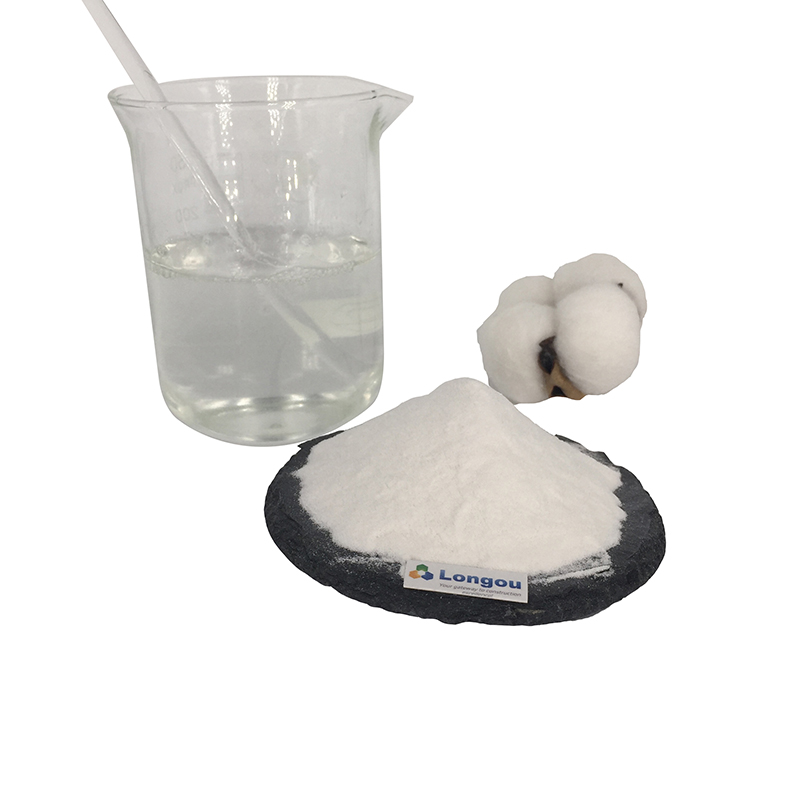
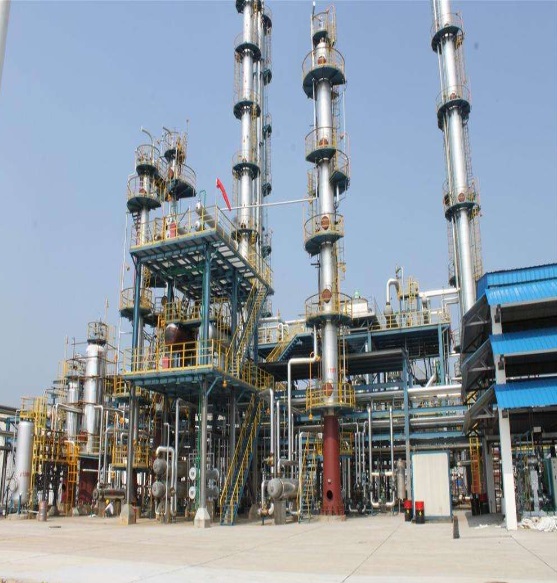
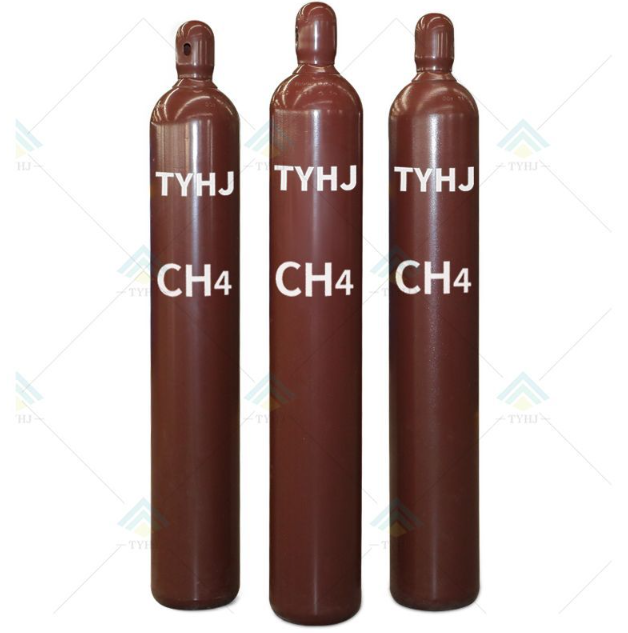
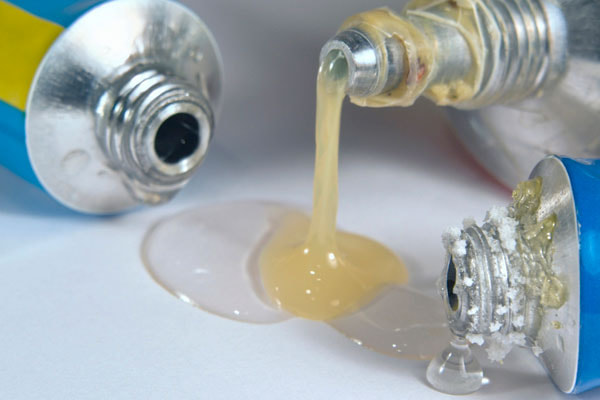
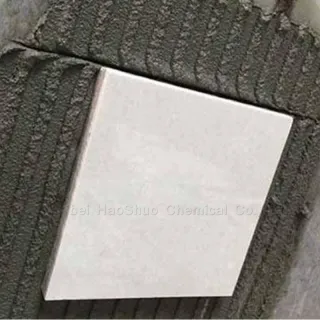
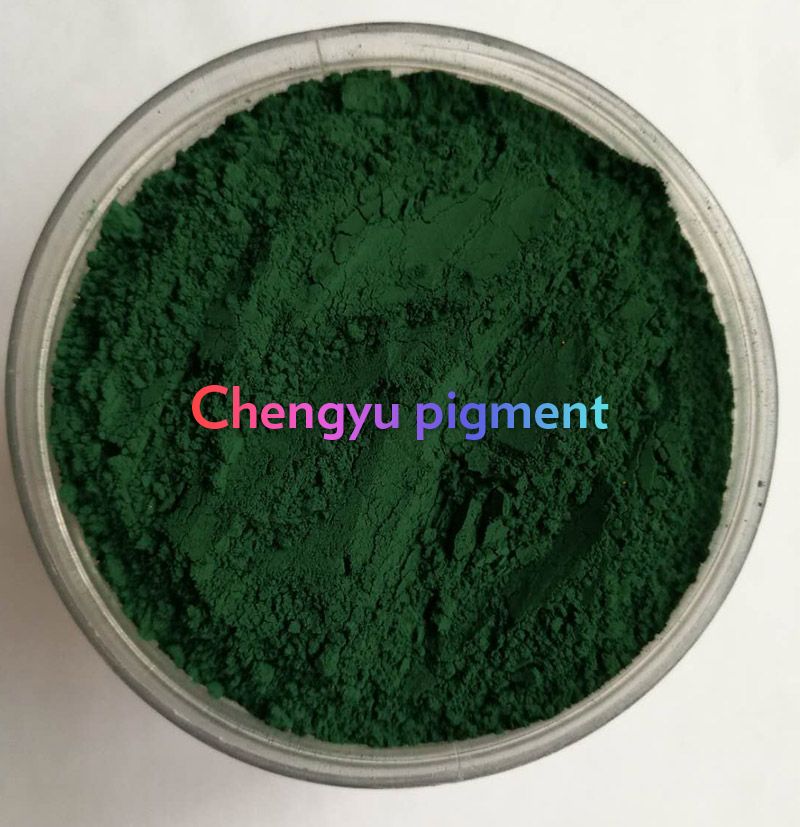


Comments
Please Join Us to post.
0